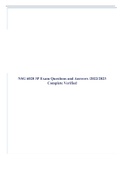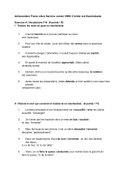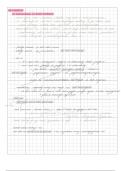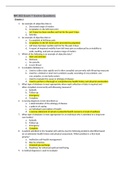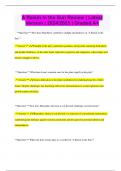Samenvatting
Samenvatting Advanced Finance Banking and Insurance colleges
- Instelling
- Vrije Universiteit Amsterdam (VU)
Samenvatting van Advanced Finance Banking and Insurance van de colleges, collegesheets en deel van de literatuur uit het boek Financial Markets and Institutions (Haan, Oosterloo & Schoenmaker). Studie: master Business Administration - Financial Management aan de Vrije Universiteit Amsterdam. Summa...
[Meer zien]








